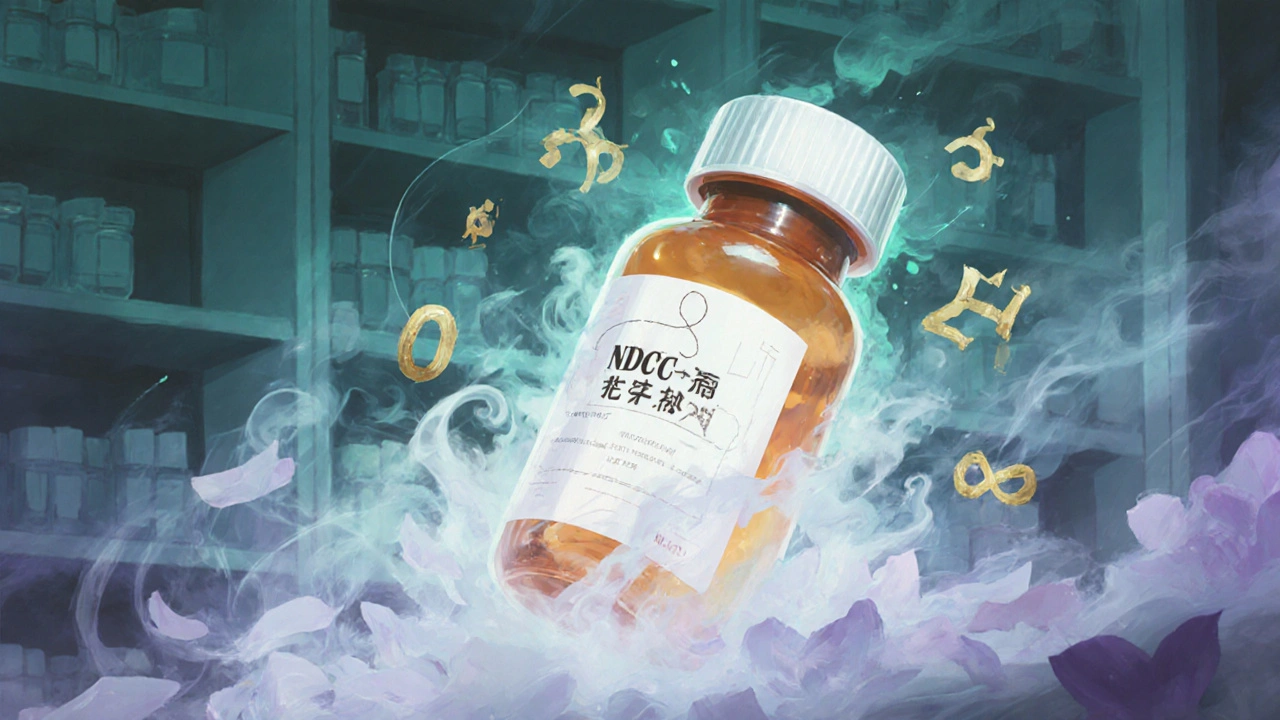
What Exactly Is an Authorized Generic?
An authorized generic is not a traditional generic drug. It’s the exact same medication as the brand-name version-same active ingredients, same manufacturing facility, same pill shape, same dosage-but sold under a different label. Think of it like a car made in the same factory, with the same engine and parts, but sold under a dealership’s private brand. The only differences? The box, the label, and the price.
These drugs were created under the Medicare Prescription Drug, Improvement, and Modernization Act of 2003. Their purpose? To let brand-name companies stay competitive during the 180-day exclusivity window given to the first generic maker. Instead of losing all market share, the original company can launch its own generic version-under a different name-right away.
Because they’re made in the same plant, using the same formula and process, authorized generics are chemically and therapeutically identical to the brand. No bioequivalence studies are needed. They don’t just work the same way-they are the same.
How to Spot an Authorized Generic by Its Packaging
The biggest clue is what’s missing on the label: the brand name. You won’t see "Lyrica," "Protonix," or "Prilosec" printed on the box or bottle. Instead, you’ll see a company name you’ve never heard of-like Greenstone LLC, Dr. Reddy’s, or Teva Pharmaceuticals.
Look closely at the manufacturer or distributor line. It will say something like:
- Distributed by: Greenstone LLC
- Manufactured for: Pfizer Inc.
- Labeler: Greenstone LLC
That’s your first sign. The brand manufacturer (Pfizer) still made the drug, but it’s being sold through a different labeler. The pill inside? Identical. The color, size, and imprint code? Usually the same, but sometimes slightly different due to trademark rules.
Some authorized generics include small text like "AG" or "Authorized Generic" at the bottom of the label-but this isn’t required. Don’t rely on it. Always check the labeler code.
The NDC Code: Your Most Reliable Tool
The National Drug Code (NDC) is a 10-digit number printed on every prescription bottle. It’s broken into three parts:
- Labeler Code (first segment): Identifies who registered the product with the FDA.
- Product Code (second segment): Identifies the drug’s strength, dosage form, and formulation.
- Package Code (third segment): Identifies the size and type of package.
Here’s the key: In an authorized generic, the labeler code changes, but the product and package codes stay exactly the same as the brand-name version.
For example:
- Brand Protonix (pantoprazole): NDC 00071-0071-01
- Authorized generic Protonix: NDC 55111-0071-01
The product code (0071) and package code (01) match. Only the labeler code changed from 00071 to 55111. That’s the fingerprint of an authorized generic.
Traditional generics? Their entire NDC number is different. The product code changes too-because they might use different inactive ingredients or have a slightly different formulation.

Why Authorized Generics Are Not Listed in the Orange Book
The FDA’s Orange Book lists approved drug products with therapeutic equivalence evaluations. But authorized generics don’t appear there. Why? Because they’re not approved under an Abbreviated New Drug Application (ANDA). They’re marketed under the original New Drug Application (NDA) that the brand company already holds.
This is a crucial distinction. Traditional generics must prove they’re bioequivalent to the brand. Authorized generics don’t need to-they are the brand, just repackaged.
If you’re checking the Orange Book and can’t find the drug, that doesn’t mean it’s not available. It might be an authorized generic. Always cross-reference with the FDA’s official Authorized Generic List instead.
How to Verify an Authorized Generic
Don’t guess. Don’t rely on pill appearance. Use these three steps every time:
- Check the labeler code on the bottle. Write it down.
- Go to the FDA’s Authorized Generic List (updated quarterly: January, April, July, October). Search by the drug name or NDC.
- Match the labeler code on your bottle to the one listed. If it matches, it’s an authorized generic.
The FDA’s list, last updated October 1, 2023, includes 147 active authorized generics. You can find it at fda.gov/drugs/drug-approvals-and-databases/authorized-generic-drugs.
Pharmacies use systems like First Databank and Medi-Span, which flag authorized generics in their databases. If you’re a patient, ask your pharmacist: "Is this an authorized generic? Can you check the NDC against the FDA list?" Most pharmacists can do this in under a minute.
Common Mistakes and Misconceptions
Many people confuse authorized generics with traditional generics-or worse, with counterfeit drugs.
One major error: seeing a different pill color or imprint and assuming it’s not the same drug. That’s normal. U.S. trademark laws prevent generics from looking exactly like brand-name pills. So even if the authorized generic looks slightly different, it’s still identical inside.
Another mistake: thinking "manufactured by" means the brand company made it. It doesn’t. Authorized generics often say "Distributed by" or "Manufactured for." The actual manufacturer? Likely the same facility that makes the brand-name version.
And don’t assume a lower price means it’s a traditional generic. Authorized generics are typically 15-25% cheaper than the brand, but 5-15% more expensive than traditional generics. That’s because they’re not competing with the first generic-they’re competing with the brand.

Why This Matters for Patients
For patients, authorized generics mean lower costs without any risk. You get the exact same drug you’ve been taking, just without the brand name. A 2022 Medscape survey found that 92.6% of patients reported no difference in effectiveness or side effects between authorized generics and their brand-name counterparts.
But confusion is common. A National Community Pharmacists Association survey found that 63.4% of pharmacists took over two minutes per prescription to verify whether a drug was an authorized generic. That’s time that could be spent counseling patients.
If you’ve ever wondered why your prescription came in a different-looking bottle, now you know. It’s not a mistake. It’s a legal, safe, and cost-saving option backed by the FDA.
What’s Changing in 2024 and Beyond
The FDA plans to integrate authorized generic identifiers directly into the National Drug Code Directory by Q2 2024. This will make it easier for pharmacies, insurers, and patients to spot them automatically.
Right now, about 8.3% of dispensing errors in U.S. pharmacies are linked to misidentifying authorized generics. That number is expected to drop once the new system rolls out.
Meanwhile, authorized generics are growing. In 2022, they made up 12.7% of the generic drug market by revenue-up from 9.5% in 2020. The biggest growth is in specialty drugs, where costs are highest and savings matter most.
Final Checklist: Quick Reference for Patients and Pharmacists
- ✅ No brand name on the label? → Possible authorized generic.
- ✅ Labeler code different from brand, but product and package codes match? → Confirmed authorized generic.
- ✅ Manufacturer says "Distributed by" or "Manufactured for"? → Likely authorized generic.
- ✅ Pill looks different? → Normal. Doesn’t mean it’s different.
- ✅ Check the FDA’s Authorized Generic List before assuming.
- ❌ Don’t rely on "AG" on the label-it’s optional.
- ❌ Don’t confuse with traditional generics-NDC will be completely different.
- ❌ Don’t assume it’s counterfeit because the label looks unfamiliar.
When in doubt, ask your pharmacist to verify using the NDC. You have a right to know exactly what you’re taking-and authorized generics are one of the safest, most transparent ways to save money on prescription drugs.
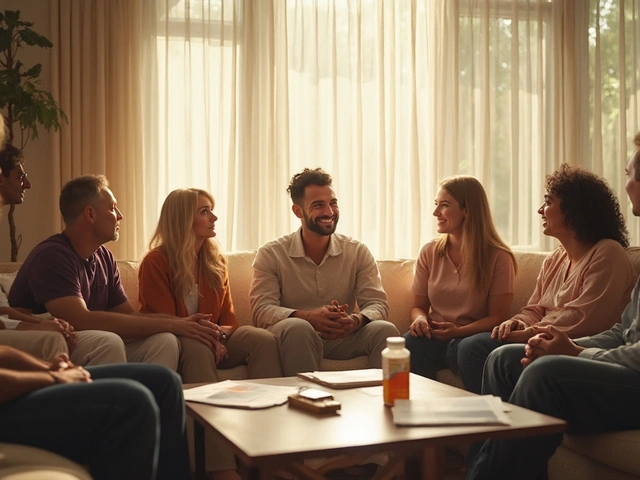
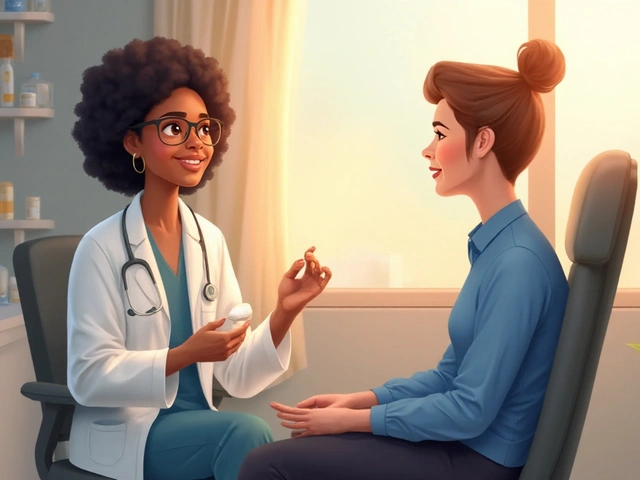
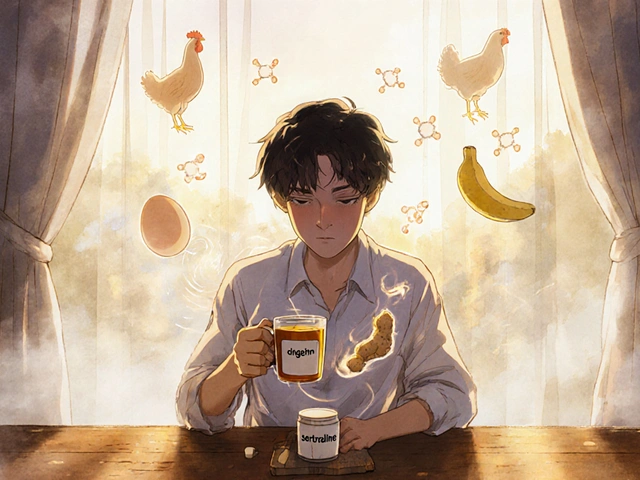

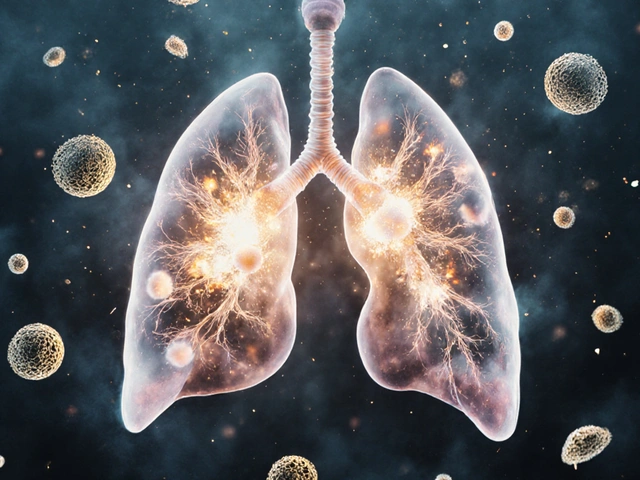
Suzan Wanjiru
November 22, 2025 AT 23:15Just had my pharmacist confirm my lisinopril is an authorized generic-same NDC product code as the brand, different labeler. Saved me $40 this month. No more guessing.
Jennifer Shannon
November 23, 2025 AT 04:29You know what’s wild? That we’ve been conditioned to equate packaging with quality. I used to panic when my pills looked different-until I learned that trademark laws force generics to look distinct, even when they’re chemically identical. It’s not a design flaw, it’s a legal loophole. The FDA doesn’t care what color the pill is, just what’s inside. And honestly? That’s kind of beautiful. We’re trading brand loyalty for truth. The same factory, the same chemists, the same quality control-just a different sticker. I wish more people understood that. It’s not about the box. It’s about the molecule. And if your doctor prescribes it, your pharmacist verifies it, and your body responds the same? That’s not a compromise. That’s wisdom.
Henrik Stacke
November 23, 2025 AT 15:47I must say, this is one of the most lucid and meticulously structured explanations of authorized generics I’ve encountered in years. The distinction between labeler code and product code is not merely technical-it’s profoundly democratic. It empowers patients to reclaim agency over their own pharmacology. In the UK, we have similar mechanisms under the generic prescribing framework, but the transparency here-especially with the FDA’s public list-is genuinely admirable. I only wish more European regulators adopted such an open, patient-centric model.
Manjistha Roy
November 25, 2025 AT 01:21I work in a rural clinic and I’ve seen so many patients scared to take their meds because the bottle looks different. This post should be printed and laminated for every pharmacy counter. Thank you for clarifying the NDC system-it’s the key that unlocks trust. Many don’t know that the product code is the real fingerprint. I now show patients the numbers side by side. It’s not magic. It’s math. And math doesn’t lie.
Javier Rain
November 25, 2025 AT 16:40Let me tell you-I used to buy the brand because I thought generics were sketchy. Then I found out my azithromycin was an authorized generic. Same pill. Same results. Same doctor. Just saved $70. I’m never going back. If you’re still paying extra for the logo, you’re literally funding marketing. Not medicine.
JD Mette
November 26, 2025 AT 12:06I’ve been taking omeprazole for years. Last month, the bottle changed. I almost didn’t refill it. Then I checked the NDC. Same product code. Same everything. I felt silly. But also relieved. I’m glad someone took the time to explain this clearly.
Richard Wöhrl
November 26, 2025 AT 15:38One thing I’d add: the FDA’s Authorized Generic List is updated quarterly, but the NDC database updates daily. If you’re checking on a Tuesday and the list hasn’t been refreshed since October, don’t assume it’s not an authorized generic-just cross-check with your pharmacy’s internal system. Many use First Databank, which flags them in real time. Also, don’t forget: some authorized generics are only available through mail-order or specific chains. It’s not a universal rollout, so local variation is normal.
Kezia Katherine Lewis
November 28, 2025 AT 03:15From a regulatory pharmacovigilance standpoint, the absence of an ANDA for authorized generics is not a loophole-it’s a strategic efficiency. The original NDA carries the full safety dossier, including post-marketing surveillance data, adverse event reports, and stability studies. When a brand launches an authorized generic, it inherits that entire risk profile. Traditional generics must generate bioequivalence data from scratch, often with different excipients, which introduces a layer of variability-even if clinically insignificant. Authorized generics eliminate that variable entirely. They’re not just identical-they’re traceable to the same clinical trial data. That’s why insurers increasingly prefer them. Not just for cost, but for continuity of care.
Pramod Kumar
November 28, 2025 AT 15:03My uncle in Delhi used to swear by the brand because the packaging felt ‘premium.’ I showed him the NDC trick-he stared at the numbers like they were Sanskrit. Then he laughed and said, ‘So the real magic is in the digits?’ Exactly. The pill doesn’t care if it’s in a fancy box or a plain one. It just wants to do its job. And it does. Better than ever, now that we’re not paying for the logo.
Jennifer Skolney
November 29, 2025 AT 11:23Just told my mom this and she cried. She’s been paying $120 for her blood pressure med for 7 years. Found out it’s an authorized generic-$32 now. She said, ‘All this time… I thought I was being ripped off.’ You’re not. You were just uninformed. This post? It’s a gift. Thank you.